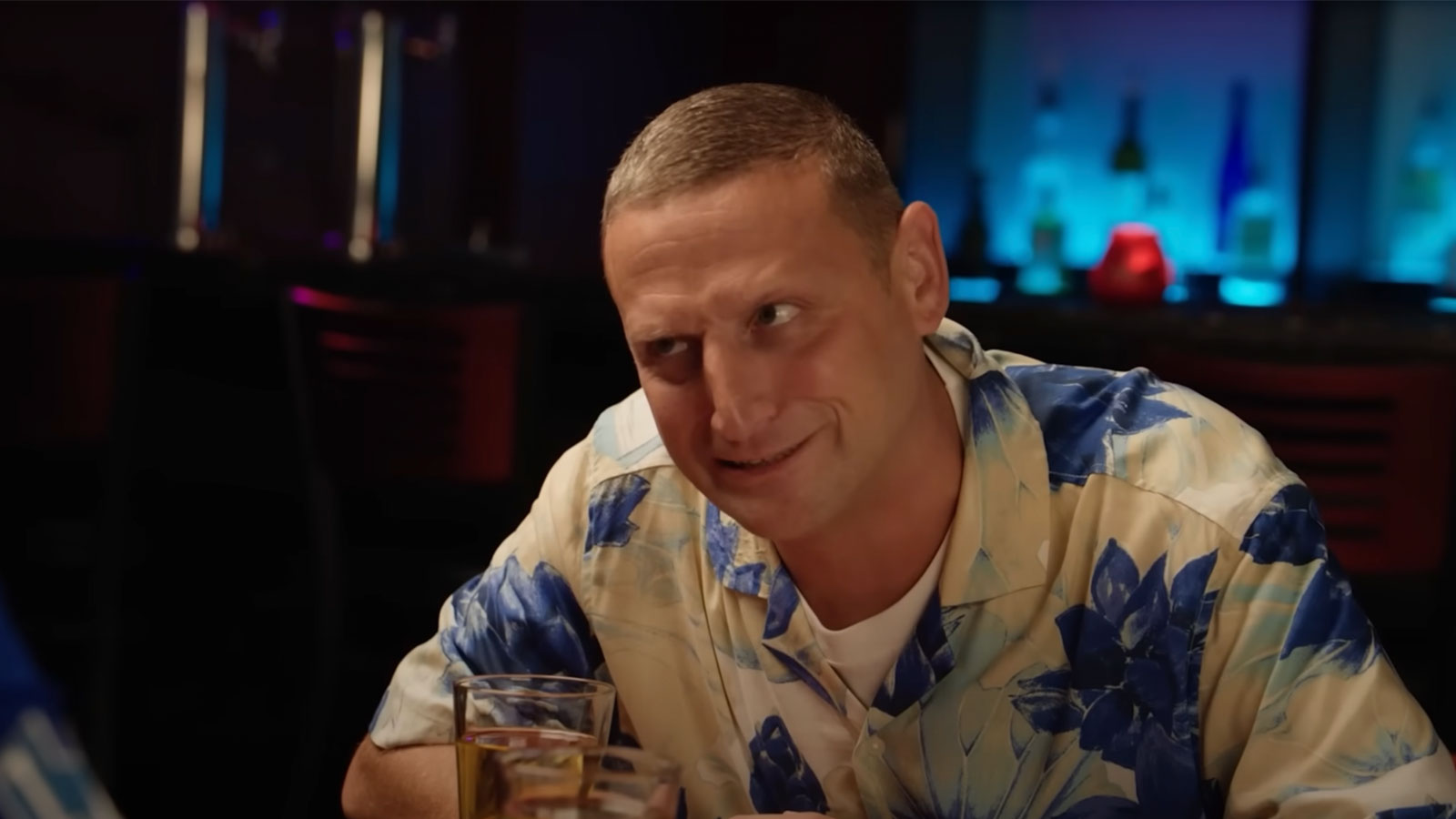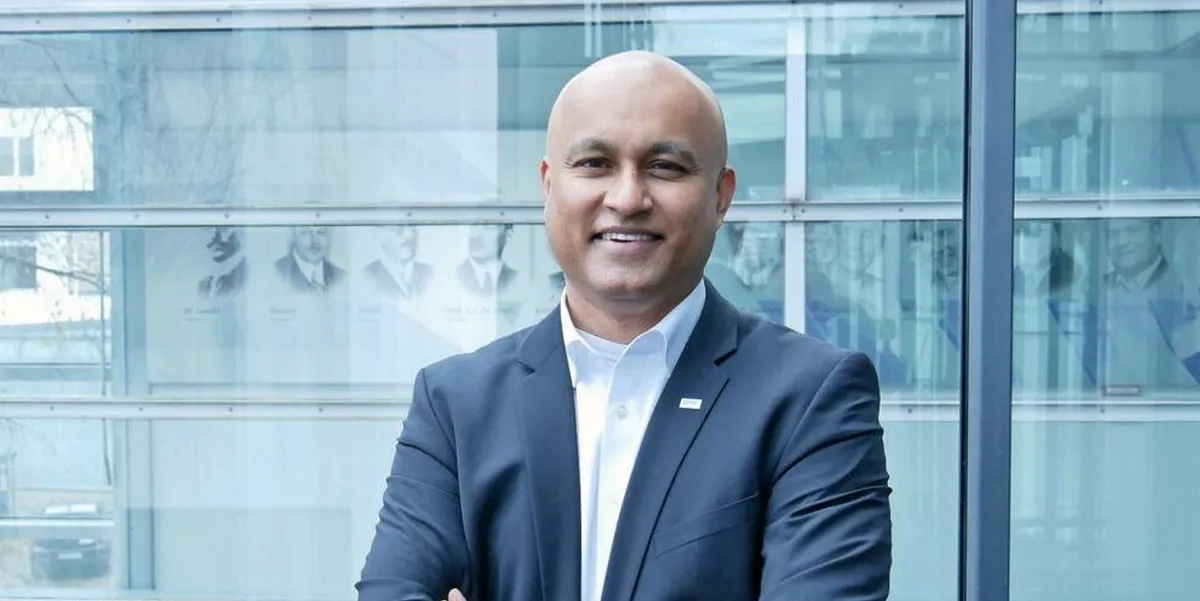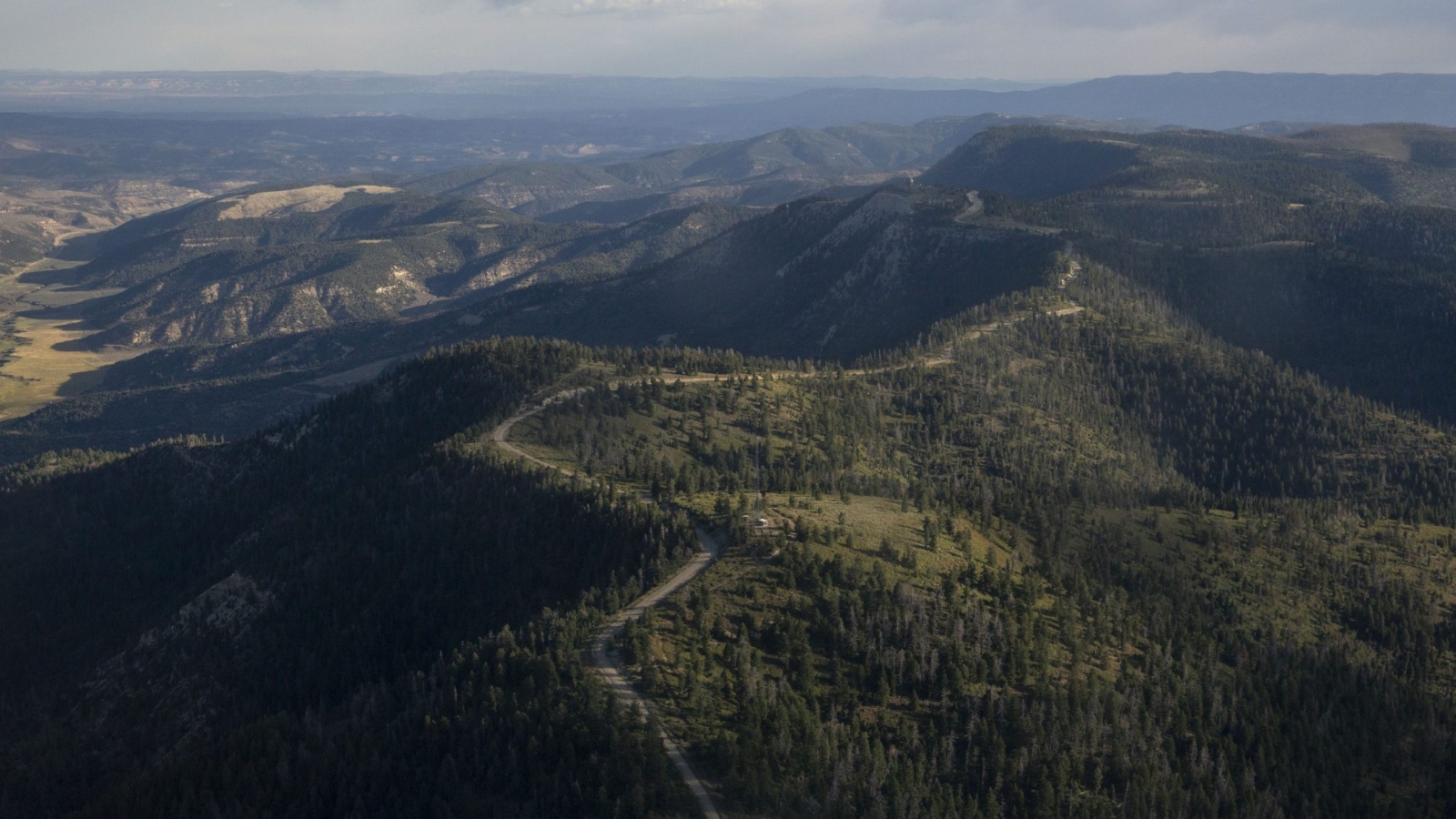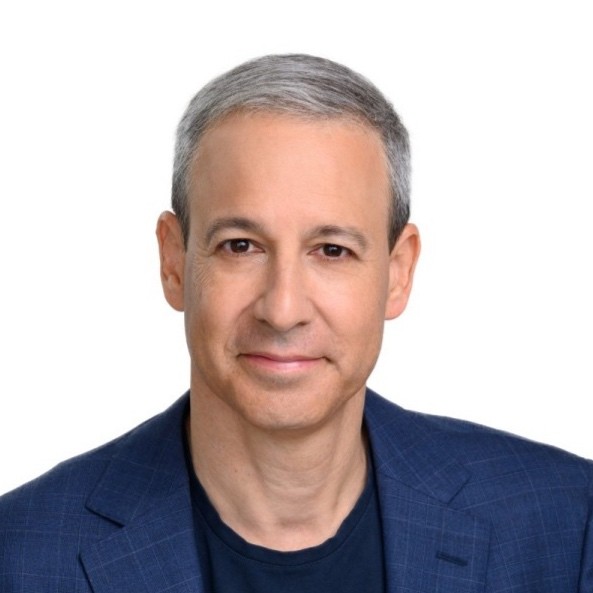
Tim Robinson is famous for making uncomfortable social situations funny — in a cringe-inducing way. On his Netflix sketch show I Think You Should Leave, he’s played a range of oddball characters: a contestant on a replica of The Bachelor who’s only there for the zip line; a man in a hot dog costume who claims he’s not responsible for crashing the hot dog car through the window of a clothing store; a guy wearing a really weird hat at work. These sketches are, for the most part, an escape from the heavy subjects that keep people up at night.
So it might come as a surprise that Robinson’s next move was a climate change PSA. “I’m sick and tired of scientists telling us mean, bad facts about our world in confusing ways,” Robinson shouts at the camera in a recent sketch. Playing a TV host named Ted Rack, he invites a climate scientist on his show “You Expect Me to Believe That?” for a messaging makeover.
It’s produced by Yellow Dot Studios, a project by Adam McKay (of Don’t Look Up fame) that’s recently been releasing comedic videos to draw attention to a global problem that most people would probably rather not think about. Sometimes the resulting videos are only mildly amusing: In a recent one, Rainn Wilson, Dwight from The Office, presents the case against fossil fuels to the court from Game of Thrones. But for a comedian like Robinson who thrives on a sense of unease, talking about climate change isn’t just a public service; it’s prime material.
In the sketch, the subject of the Queer Eye-style makeover is Henri Drake, a real-life professor of Earth system science at the University of California, Irvine. Ted Rack’s first step is to outfit Drake in a jersey with the number 69. “Let’s focus on making your messaging a little more appealing to someone like me,” Rack says. “Someone who, like, when I hear it, I get a little mad because I don’t understand it.” Robinson is famous for his facial acrobatics, and his expressions grow increasingly perturbed as Drake describes how fossil fuels have warped Earth’s “radiation balance.” By the end, Rack is holding his head in his hands. “I gotta be honest,” he says. “What you’re saying to me makes me want to fight you a little.”
The video struck a chord with the public, racking up 100,000 views on TikTok and almost a quarter million on YouTube. It also resonated with some scientists. “I immediately understood where this is coming from,” said Daniel Swain, a climate scientist at the University of California, Los Angeles, and the National Center for Atmospheric Research in Boulder, after watching the video. “I feel the same pressures, I get the same complaints.” After he gives scientific talks, the most common response he hears is along the lines of “Oh my god, you’re just so depressing.”
The sketch touches on similar themes as Don’t Look Up, McKay’s 2021 film that portrays a distracted, celebrity-obsessed world ignoring scientists’ warnings of an approaching asteroid. Rack, though, wants to help avoid the disaster that ensues when no one pays attention to scientists’ “terrible message,” and he finds ridiculous ways to make climate science relatable. “Here’s what you should say,” he instructs Drake. “‘Your house is about to be part of the ocean … A shark could swim in there and eat a picture of your daddy.’”
As a scientist with a self-described dark sense of humor, Swain enjoyed the sketch. He thought it did a good job satirizing the expectation that scientists, as the bearers of bad news, should be “cheery cheerleaders.” At the same time, though, Swain thinks a lot of climate scientists really could use a communication makeover. “I absolutely agree that a lot of times where the scientists engaged with the wider world are really ineffective,” he said. Jargon scares people off. And even if people stick around for technical discussions of, say, Earth’s radiation balance, they might disengage when the conversation turns to ecological collapse, even though it’s the crux of why the topic matters at all. The story of how humans have made the world hotter and more hostile is a difficult one to hear, especially when accepting it means you might be a tiny part of the problem.
If experts are having trouble talking about climate change, you can bet that the general public does, too. Two-thirds of Americans say climate change is personally important to them, but only about half that number, just over a third, actually talk to their friends and family about it, according to the most recent survey from the Yale Program on Climate Change Communication. People might be hesitant to express their thoughts because they mistakenly believe that their opinions are unpopular, or simply because scary things are just hard to talk about.
Weirdly enough, that’s what makes climate change a good subject for a Robinson sketch. A recent profile of the comedian in The New York Times Magazine — which begins with Robinson spooning an absurd amount of hot chiles over his noodles at a restaurant — compares an affinity for spicy food to the appeal of cringe comedy. “In a harsh world, it can be soothing to microdose shots of controlled pain,” wrote Sam Anderson, the author of the profile. “Comforting, to touch the scary parts of life without putting ourselves in real danger. Humor has always served this function; it allows us to express threatening things in safe ways. Cringe comedy is like social chile powder: a way to feel the burn without getting burned.”
Climate scientists, too, could spice up their talking points — if they were given resources to do so. “I think everyone kind of understands why this exists and is funny,” Swain said. “But the reason why that’s the case — why there aren’t engaging, funny climate scientists out there on TV — is nobody is facilitating that in any setting.” The real barrier, Swain says, is that the places where scientists work don’t generally support public communication as part of their job.
Swain is just one of a handful of climate scientists with a very high level of public visibility, appearing all over TV news, articles, YouTube, and social media. He thinks he’s been featured on more podcasts than he’s ever listened to in his life. But he’s concerned that funding for his communications work will soon run out, with nothing to replace it. “I am still working through this myself,” Swain said. “I mean, I don’t know what my employment’s going to be in six months, because I can’t find anybody to really support this on a deeper level.”
Finding a climate scientist who had time to talk about a silly, five-minute video was also a bit of a challenge. Zeke Hausfather, another media favorite, was swamped; Drake, from the video, apologized but said that it was the busiest week of the year; other scientists didn’t respond. The initial email to Swain resulted in an auto-reply advising patience amid his “inbox meltdown.” As a one-man team, Swain wrote, he could only respond to a fraction of the correspondence coming in.
Talking to a journalist about comedy clearly isn’t at the top of the priority list for most scientists. But Swain doesn’t think it’s a waste of time. By now, he’d hoped that climate change would have a bigger role in comedy sketches, bad movies, and trashy TV shows, meeting people where they already are. “Where is the pop culture with climate science? It’s not where I thought it would be at this point,” he said. “But pop culture changes quickly. It responds fast to new things that are injected into the discourse.”







